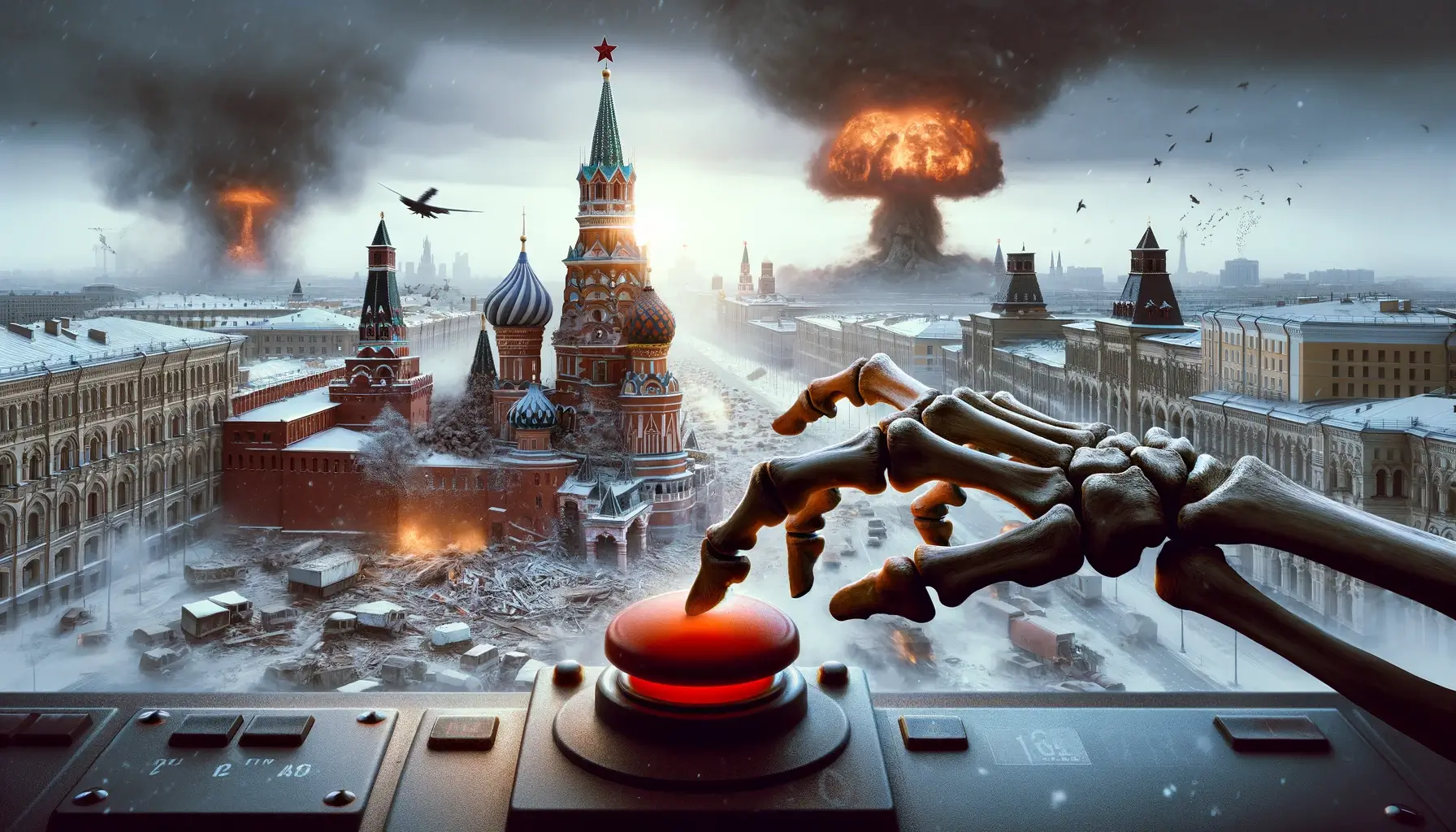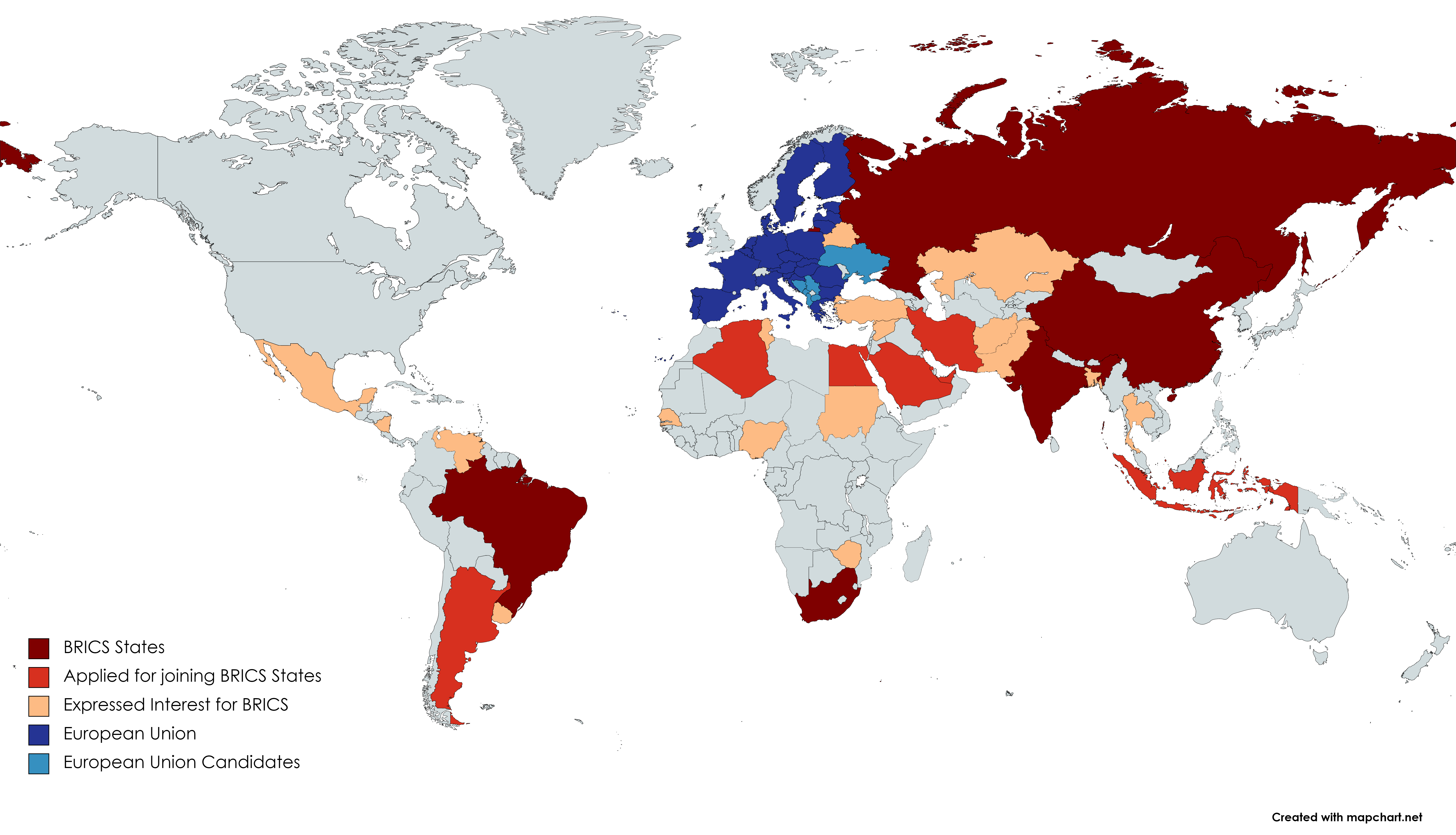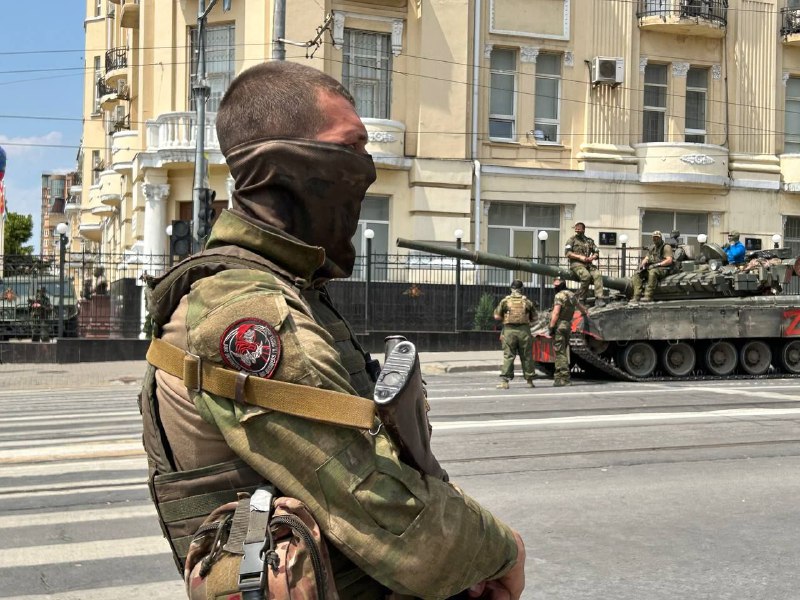What is Perimeter? And why am I writing about it on my blog? In short, it is the autonomous retaliation system of the former Soviet Union, which is still in use in Russia today and with all the warlike escalation between Ukraine, Russia and NATO, some high-ranking officials have probably not noticed or forgotten that in a third world war, Russia has nothing left to lose. You can find out what perimeter is, how it works and why it is the best deterrent in my article.
What is perimeter
Perimeter was developed in the 1960s in response to the fact that the USA could send submarines with nuclear ICBMs right up to the country's borders and there would be no time left for defense. Since in such a case the large cities and arms industry as well as political power centers would be taken out, Perimeter would then become active and carry out the retaliatory strike.
Perimeter example
Perimeter has an autonomous structure and is not called a "dead hand" for no reason, as it carries out the retaliatory strike as a dead hand when military command is no longer functional.
In the case of the Soviet Union, or today's Russia, it would be understandable from a purely military strategic point of view to attack Moscow. In this purely hypothetical scenario, let's assume that nuclear ICBMs have hit Moscow and that there is no longer a functioning government.
Perimeter monitors radio links and sensors on Russian territory, if connections fail and pressure sensors and radiation levels suddenly increase, then this can be seen as certain proof that one has been attacked and since the connections to the country's leadership or the military have failed, one must assume that one must retaliate.
What exactly the trigger is for Perimeter is probably the military's best-kept secret. However, it should not be provoked.
If Perimeter has come to the decision that a retaliatory strike is necessary, so-called command missiles are launched from hidden silos whose sole purpose is to give the remaining nuclear forces clearance for a retaliatory strike via a special signal that cannot be neutralized.
History of the perimeter system
The Perimeter system, also known as "Dead Hand", was created as a direct response to the growing nuclear tensions of the Cold War. Developed in the late 1960s to early 1970s, the Soviet military aimed to create a reliable retaliation system that could launch a nuclear counterstrike even if the state and military leadership had already been wiped out.
This approach was intended to ensure the deterrent effect of the Soviet nuclear forces under all circumstances.
Technical functionality and automation of the retaliatory strike
The perimeter system is based on a network of sensors distributed across the entire territory of the former Soviet Union. These sensors are designed to detect signs of a nuclear attack, such as increased radiation levels, pressure waves and the interruption of communication networks. Upon positive identification of such signs, Perimeter automatically activates a retaliatory strike by sending orders to the remaining nuclear forces. The decision to counterattack is therefore not based on human judgmentbut on pre-programmed criteria of what the system should be in the eyes of its creators. Reliable and tamper-proof made.
Secrecy and discovery of the system.
For a long time, the existence of the Perimeter system was just a rumor that was whispered in the corridors of power. Official confirmation of its existence only came after the end of the Cold War, when former Soviet officials and scientists began to talk about the system. The secrecy that surrounded Perimeter was part of its deterrent effect: the uncertainty about the system's exact capabilities was intended as an additional deterrent to potential attackers. After all, the deterrent effect alone meant that no matter who started, the retaliatory strike would also destroy the first to fire.
So is Perimeter a relic from a time when the world was on the brink of nuclear annihilation? If you take the latest information from the Russian military seriously, then no, it is still operational and could be triggered in the event of a nuclear war.
At Year 2011 confirmed the Commander-in-Chief of the Russian Strategic Missile Forces Sergei Viktorovich Karakayevthat the system is in full operation.
Ethics and risks
Moral concerns with automated retaliation systems
One of the main concerns I have here about automated retribution systems is the question of moral responsibility. In a world where machines have the power to make life and death decisions on a global scale, the question arises as to whether it is ethical to place the fate of humanity in the "hands" of a machine. The automation of the retaliatory strike reduces the possibility of human intervention and thus the chance of correcting mistakes or finding last-minute diplomatic solutions. For Perimeter, once activated, there is no stopping, no diplomacy, no finding a solution. I therefore think that Perimeter only makes sense if all diplomacy has failed and only when peace is no longer possible does it more or less make no difference whether Perimeter is triggered.
Risks of false alarms and unintentional escalations
Another serious risk of automated retaliation systems is the danger of false alarms. The history of nuclear deterrence is full of examples in which only the prudent actions of individuals have prevented major disasters. Automated systems could, based on incorrect data or technical errors, falsely identify an attack and trigger a retaliatory strike. Such a scenario would lead to an unintended escalation that could end in a full nuclear exchange without any real threat ever having existed.
Here are a few examples:
- 1962, Cuban Missile Crisis, B-59 submarine, USA and Soviet UnionThe Cuban Missile Crisis was a 13-day conflict between the USA and the Soviet Union over Soviet ballistic missiles in Cuba. In the midst of the Cuban Missile Crisis, the Soviet submarine B-59, equipped with nuclear torpedoes, entered the U.S. quarantine zone on October 27, 1962. Despite US practice depth charges for identification, this led the Soviet commander Savitsky to believe that an attack was imminent. The level-headed fleet commander Vasily Alexandrovich Archipov however, opposed the use of nuclear weapons and persuaded the crew to allow the submarine to surface to establish communications with Moscow, thereby avoiding a potential nuclear catastrophe.
The prudent decisions of President John F. Kennedy and Prime Minister Nikita Khrushchev to find a compromise and remove the missiles in exchange for a promise not to attack Cuba and to remove US missiles from Turkey ended the crisis.
Source: Wikipedia, welt.de, spektrum.de - 1979, NORAD computer error, USAA computer error at the North American Aerospace Defense Command (NORAD) led to the simulation of a Soviet first strike. The misinterpretation of the data could have led to a hasty counter-attack, but prudent action and quick checks prevented an escalation.
Source: upi.com, National Security Archive - 1980, False alarm due to computer defect, USAA defective computer chip in the NORAD system triggered another false alarm, suggesting a massive Soviet attack. The situation was quickly recognized and defused before there was a military response.
Source: Future of Life, spiegel.de - 1983, Stanislaw Petrow, Soviet Union: Lieutenant Colonel Stanislaw Yevgrafovich Petrov decided to treat a US missile attack reported by the Soviet early warning systems as a false alarm. His decision not to respond immediately with a retaliatory strike may have prevented a nuclear conflict.
Source: Wikipedia, Nuclear weapons A-Z, berliner-zeitung.de, welt.de - January 25, 1995, Norwegian research rocket, Russia and NorwayRussia misinterpreted the launch of a Norwegian research rocket to collect scientific data on the Northern Lights as a US nuclear attack. President Boris Yeltsin was activated to use the "nuclear suitcase", but decided against launching a retaliatory strike.
Source: Wikipedia, Russia Beyond, Nuclear weapons A-Z
There are further incidents on Wikipedia.
Current relevance and future prospects
Perimeter is said to still be active as of 2011, although the Russian side will of course keep a low profile in order to maintain the deterrent effect. It is not known whether Perimeter will still be active in 2024 or whether other means will be used. In the current geopolitical crisis between Russia, Ukraine and NATO, the relevance is higher than ever, with more and more escalations where NATO could carry out an attack due to a misconception, such as the Ukrainian missile that fell on Poland (NATO member)and Ukraine blamed it on Russia, fortunately it was identified as a Ukrainian missile soon enough.
But there is also a risk that Germany Taurus cruise missiles to Ukraine exists and that Russia to use tactical nuclear weapons would, conditions such as these should be met:
Other possible conditions include the destruction of 20 percent of Russian strategic ballistic missile submarines, 30 percent of nuclear-powered attack submarines, three or more cruisers, three airfields or a simultaneous hit on the main and reserve command centers on the coast.
Source: Financial Times
Final word
Further sources




